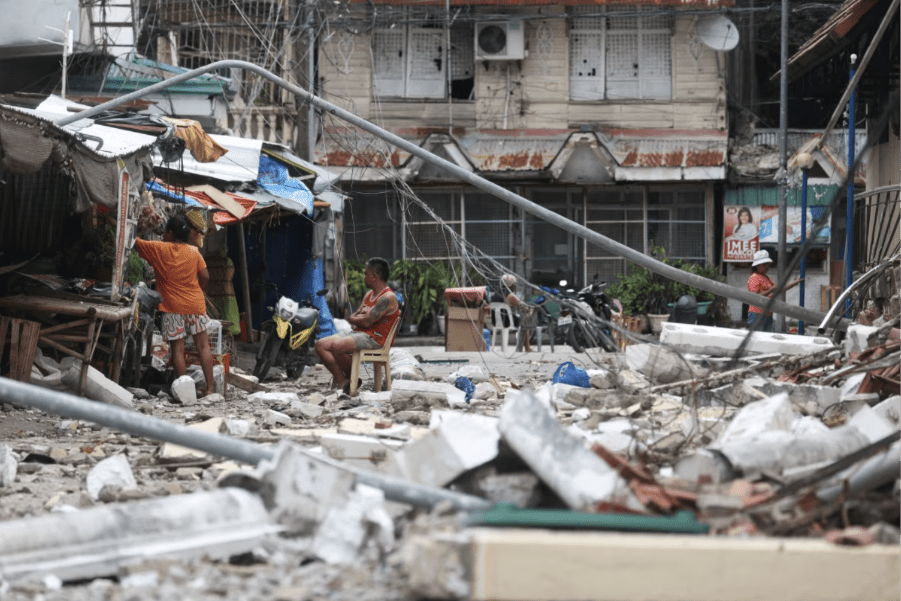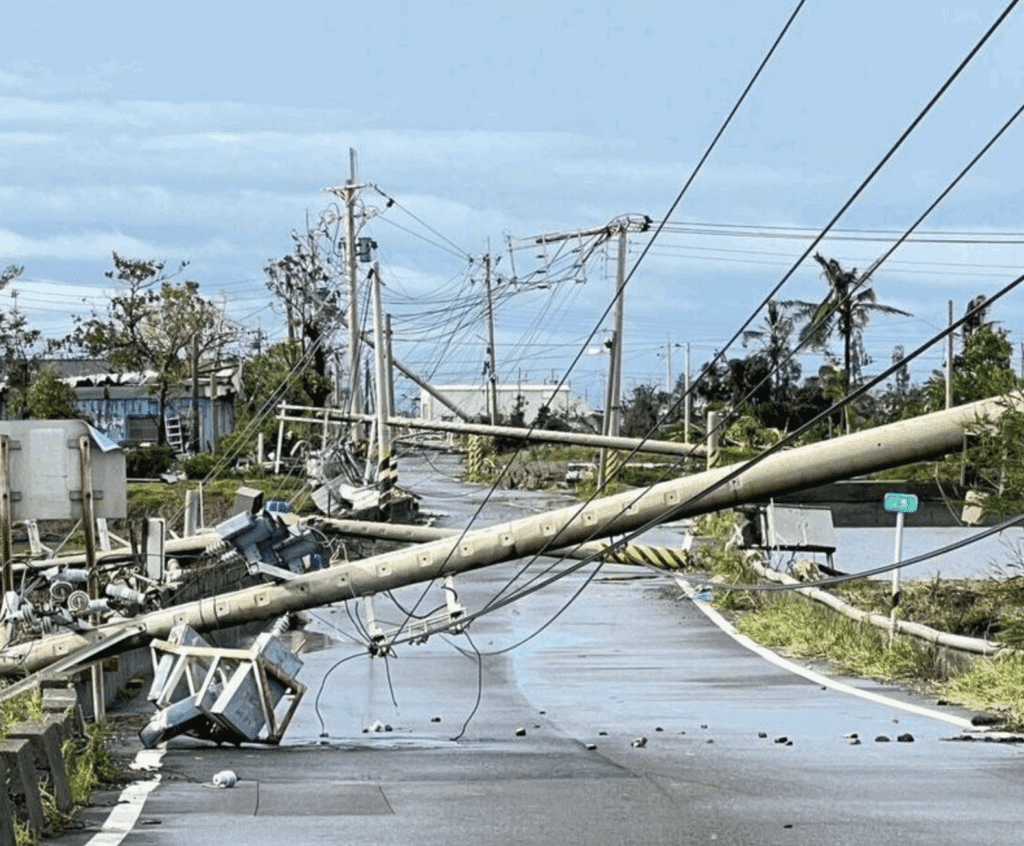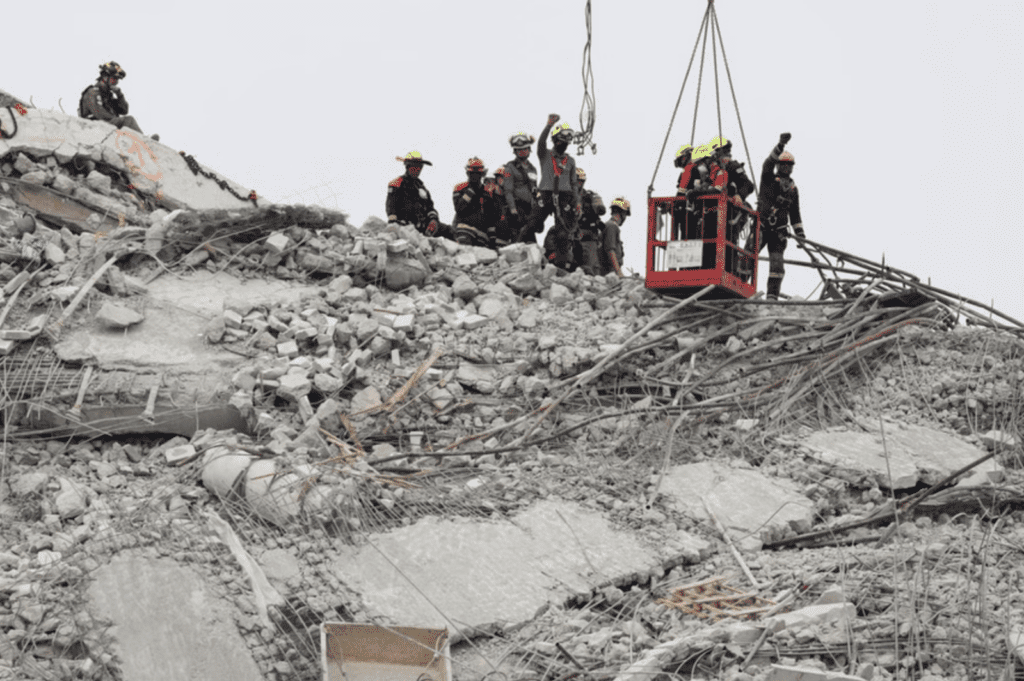(Credit: Daniel Ceng/Anadolu/Getty Images)
On the evening of 30 September 2025, a powerful magnitude-6.9 earthquake struck off the coast of Cebu province in the central Philippines, killing at least 60 people and leaving widespread damage to buildings and infrastructure across nearby towns and cities, CNN reported.
Civil Defence officials at both the national and local level said at least 60 people had been killed, and more than 150 people were believed to have been injured.
Why So Deadly?
Experts say several factors made this quake especially lethal. According to TIME, the tremor’s shallow depth of just 5km meant seismic energy struck with full force at the surface.
Civil defence official Bernardo Rafaelito Alejandro IV also mentioned that the quake was particularly deadly because it happened at night. “In the morning, we are all alert, but at night when everyone is asleep, it takes time for us to react.”
Expert Insights
Annacel Natividad, Chief Risk Officer and Sustainability Head at Aboitiz Foods Group, noted that the immediate economic consequences for Cebu will be concentrated in two key sectors — Tourism and Business Process Outsourcing (BPO).
“The earthquake’s human and infrastructure toll will translate quickly into measurable economic impacts: damaged homes, schools, hospitals and bridges will interrupt local commerce; ports and roads taken offline will disrupt supply chains and fishing and tourism activity; and many small and medium enterprises (SMEs) that rely on daily cash flow will face immediate liquidity stress.”
Harmone Naparota, manager (Physical Assets Security) at Aboitiz Equity Ventures Inc, also shared his insights. He shared that the earthquake has triggered immediate and economic consequences for businesses and communities particularly in the hardest-hit areas like Bogo, Medellin and San Remigio, cities in Cebu.
Safeguarding Cebu’s Core Industries
Harmone mentioned that Cebu is a major hub for manufacturing, shipbuilding and export processing zones.
“Fortunately, these sectors were not severely affected by the earthquake. There was only minimal disruption to operations.”
Strengthening Resilience Beyond Borders
Annacel also emphasised that resilience planning and regional cooperation are essential lessons for neighbouring Asian economies.
“Strengthen regional mutual aid and logistics corridors. Rapid disaster response relies on cross-border surge capacity — including medical teams, search-and-rescue assets, and temporary supply routes. Asia should work toward interoperable standards for disaster-response deployments and establish pre-agreed logistics corridors to ensure relief can move swiftly and efficiently.”
Harmone agrees on the same and suggests that companies relying on outsourced services must move beyond simple data back-ups and mandate geographic diversity for critical operations — ensuring that essential functions can continue even if one site is affected by disaster.
Looking Ahead
While the Cebu earthquake is the deadliest in the Philippines since 2013, experts warn of an even greater threat, the “Big One” expected to hit Metro Manila, which could cause 168,000 buildings to collapse and more than 33,000 people to die in Manila and neighbouring provinces, as stated by TIME. The Cebu disaster may therefore serve as both a tragedy and a wake-up call, highlighting not just the costs of unpreparedness, but also the urgent need for coordinated resilience across government, business and communities.








